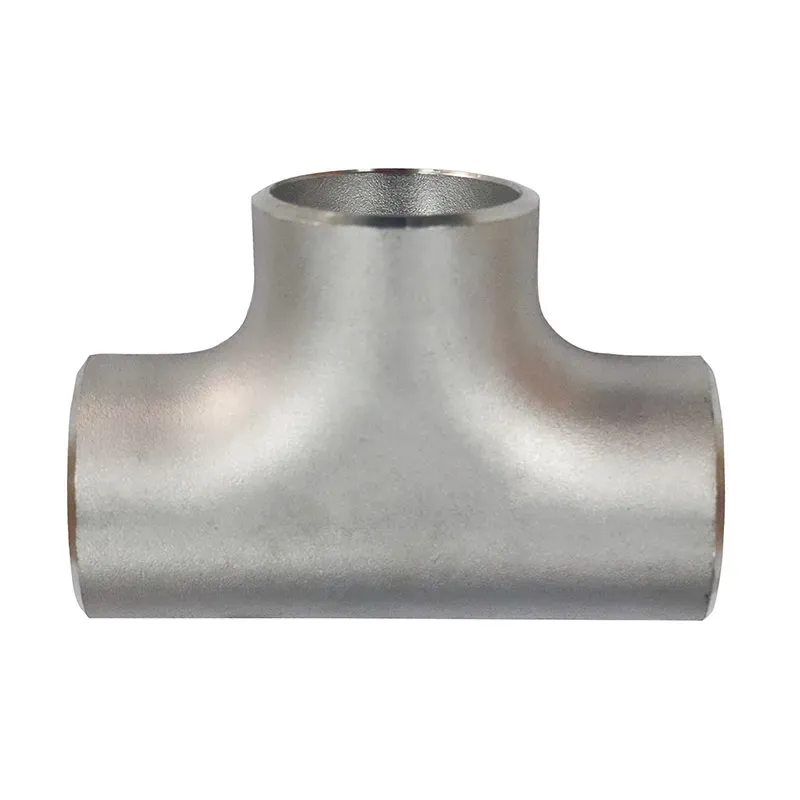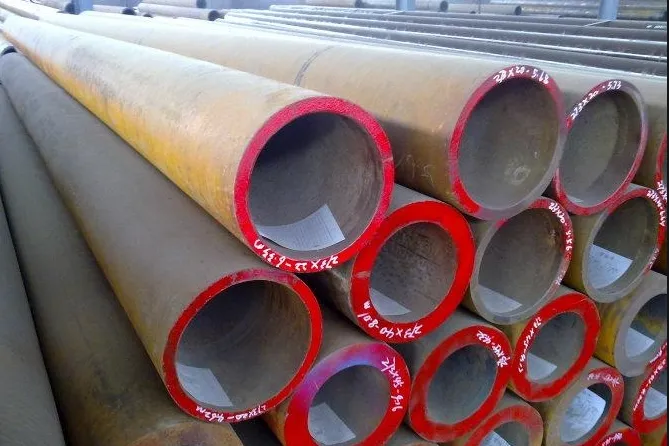-
Cangzhou Yulong Steel Co., Ltd.
-
Phone:
+86 13303177267 -
Email:
admin@ylsteelfittings.com
- English
- Arabic
- Italian
- Spanish
- Portuguese
- German
- kazakh
- Persian
- Greek
- French
- Russian
- Polish
- Thai
- Indonesian
- Vietnamese
- Zulu
- Korean
- Uzbek
- Hindi
- Serbian
- Malay
- Ukrainian
- Gujarati
- Haitian Creole
- hausa
- hawaiian
- Hebrew
- Miao
- Hungarian
- Icelandic
- igbo
- irish
- Japanese
- Javanese
- Kannada
- Khmer
- Rwandese
- Afrikaans
- Albanian
- Amharic
- Armenian
- Azerbaijani
- Basque
- Belarusian
- Bengali
- Bosnian
- Bulgarian
- Catalan
- Cebuano
- China
- China (Taiwan)
- Corsican
- Croatian
- Czech
- Danish
- Esperanto
- Estonian
- Finnish
- Frisian
- Galician
- Georgian
- Kurdish
- Kyrgyz
- Lao
- Latin
- Latvian
- Lithuanian
- Luxembourgish
- Macedonian
- Malgashi
- Malayalam
- Maltese
- Maori
- Marathi
- Mongolian
- Myanmar
- Nepali
- Norwegian
- Norwegian
- Occitan
- Pashto
- Dutch
- Punjabi
- Romanian
- Samoan
- Scottish Gaelic
- Sesotho
- Shona
- Sindhi
- Sinhala
- Slovak
- Slovenian
- Somali
- Sundanese
- Swahili
- Swedish
- Tagalog
- Tajik
- Tamil
- Tatar
- Telugu
- Turkish
- Turkmen
- Urdu
- Uighur
- Welsh
- Bantu
- Yiddish
- Yoruba

Feb . 16, 2025 13:37 Back to list
2 inch flange
When considering industrial applications, choosing the right flange for your projects is crucial. The 2 inch flange stands out as a key component, offering adaptability and durability across various uses. This article delves into the practical applications, material considerations, and installation tips for a 2 inch flange, providing insights based on extensive industry experience and expertise.
When selecting a 2 inch flange, it’s also essential to consider the flange type that best suits your application. The most common types include weld neck, slip-on, blind, and socket weld flanges. Weld neck flanges are favored in high-pressure systems due to their robust welded joint with the pipe, providing durability and reducing stress concentration. Slip-on flanges, while easier to install, may not provide the same level of strength as their weld neck counterparts but are cost-effective for lower-pressure applications. Blind flanges are utilized to seal off the end of piping systems, crucial for maintenance and pressure testing, while socket weld flanges allow for a smooth bore and better fluid flow, reducing turbulence within the system. Expertise in the field underscores the importance of considering environmental factors such as thermal expansion, vibration, and potential chemical exposure when selecting and installing flanges. These factors can significantly impact the long-term performance and safety of the piping system. Trust in the products used in industrial applications is built through a combination of rigorous testing, adherence to industry standards, and third-party certifications. Reputable manufacturers provide documentation and certification such as ASTM or ASME compliance, offering peace of mind and assurance of quality when incorporating a 2 inch flange into your systems. In conclusion, understanding the specifics of a 2 inch flange, from material selection to application type and installation methods, is essential for optimizing system performance and longevity. By leveraging extensive industry knowledge and focusing on quality components, engineers and industry professionals can achieve system reliability and efficiency, underscoring the indispensable role of the humble flange in industrial applications.


When selecting a 2 inch flange, it’s also essential to consider the flange type that best suits your application. The most common types include weld neck, slip-on, blind, and socket weld flanges. Weld neck flanges are favored in high-pressure systems due to their robust welded joint with the pipe, providing durability and reducing stress concentration. Slip-on flanges, while easier to install, may not provide the same level of strength as their weld neck counterparts but are cost-effective for lower-pressure applications. Blind flanges are utilized to seal off the end of piping systems, crucial for maintenance and pressure testing, while socket weld flanges allow for a smooth bore and better fluid flow, reducing turbulence within the system. Expertise in the field underscores the importance of considering environmental factors such as thermal expansion, vibration, and potential chemical exposure when selecting and installing flanges. These factors can significantly impact the long-term performance and safety of the piping system. Trust in the products used in industrial applications is built through a combination of rigorous testing, adherence to industry standards, and third-party certifications. Reputable manufacturers provide documentation and certification such as ASTM or ASME compliance, offering peace of mind and assurance of quality when incorporating a 2 inch flange into your systems. In conclusion, understanding the specifics of a 2 inch flange, from material selection to application type and installation methods, is essential for optimizing system performance and longevity. By leveraging extensive industry knowledge and focusing on quality components, engineers and industry professionals can achieve system reliability and efficiency, underscoring the indispensable role of the humble flange in industrial applications.
Next:
Latest news
-
ANSI 150P SS304 SO FLANGE
NewsFeb.14,2025
-
ASTM A333GR6 STEEL PIPE
NewsJan.20,2025
-
ANSI B16.5 WELDING NECK FLANGE
NewsJan.15,2026
-
ANSI B16.5 SLIP-ON FLANGE
NewsApr.19,2024
-
SABS 1123 FLANGE
NewsJan.15,2025
-
DIN86044 PLATE FLANGE
NewsApr.19,2024
-
DIN2527 BLIND FLANGE
NewsApr.12,2024
-
JIS B2311 Butt-Welding Fittings LR/SR 45°/90° /180°Seamless/Weld
NewsApr.23,2024











